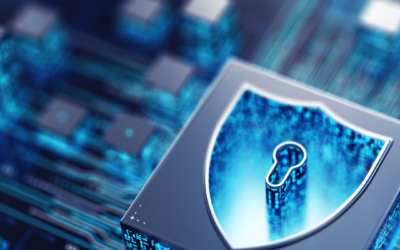 Technology is full of difficult jargon. Different publications and service providers will use terms interchangeably. An example of this is the usage of backup, disaster recovery, and business continuity. Unfortunately, it is incorrect and common to use these terms to mean the same thing, creating confusion. To alleviate some of this confusion, let’s describe each physical process. You will see an overlay among all three, although they are each different processes.
Technology is full of difficult jargon. Different publications and service providers will use terms interchangeably. An example of this is the usage of backup, disaster recovery, and business continuity. Unfortunately, it is incorrect and common to use these terms to mean the same thing, creating confusion. To alleviate some of this confusion, let’s describe each physical process. You will see an overlay among all three, although they are each different processes.
Backup –
In IT lingo, the most basic description of backup is the act of copying data. As in files or programs, from its original location to another. The purpose of this is to ensure that the original files or programs are retrievable in the event of any accidental deletion. Other problems that could occur are hardware or software failure, or any other type of tampering, corruption, and theft.
It’s important to remember that the jargon term “backup” refers to data only. It doesn’t apply to the physical machines, devices, or systems themselves. So, for example, if there was a system failure, disk crash, or an onsite physical disaster, all systems would need replacing or rebuilding before someone could load the backed-up data.
Disaster Recovery –
Backups are a single, albeit crucial, component of any disaster recovery plan. Disaster recovery refers to the complete recovery of your physical systems, applications, and data in the event of a physical disaster. Examples of physical disasters entail a fire, hurricane, tornado, flood, earthquake, an act of terror, or theft.
A disaster recovery plan uses pre-determined parameters to define an acceptable recovery period. From there, Wahaya IT can choose the most satisfactory recovery point to get your business up and running. This point would involve minimal data loss and interruption.
Business Continuity –
There is still the chance of downtime from a few hours to many days even with a backup and disaster recovery process. Therefore, the point of a business continuity plan is to give businesses continuous access to their technology and data. Zero or minimal downtime is the goal.
Wahaya IT can back up critical business data with configurable snapshots that instantly virtualize. As a result, this allows files, folders, and data to be turned on and restored in seconds. Bare metal restores of hardware, where an image of one machine is overlaid onto a different device, are also utilized along with cloud replication for instant off-site virtualization.
Many businesses also keep redundant systems and storage at a different physical location than their main site as part of their business continuity process. They may also outline procedures for staff to work remotely off-site. Some businesses or organizations may go as far as to have printed contact lists and other critical data stored off-site to keep their business moving if a disaster wipes out power and their ability to access anything electronically.
Now you know your Jargon! This should clarify the differences between backup, disaster recovery, and business continuity solutions. As a result, it should help make the choices easier when planning for disaster. Choosing what works best for your business will come down to your current IT infrastructure, your budget, and how much downtime you can reasonably accept.
Contact us at Wahaya IT to get started on protecting your business from the next disaster.

































